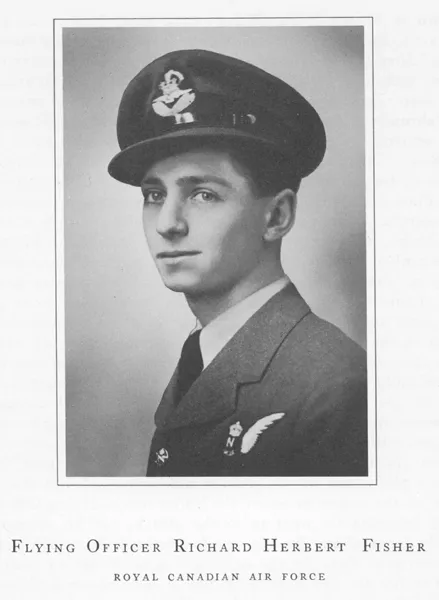Hooker, Edwin Milton (Warrant Officer 2nd Class)
Killed in Action 1945-March-31
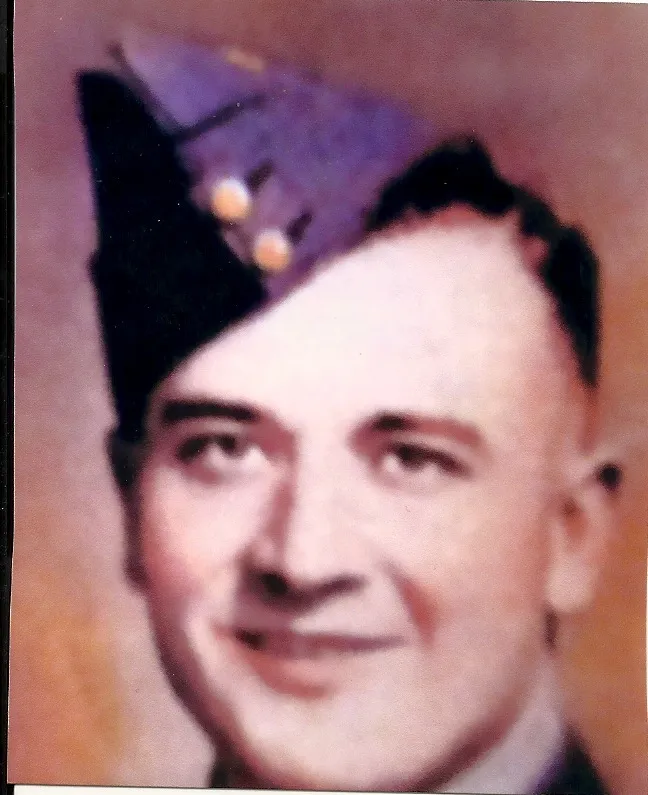

Birth Date: 1924
Born:
Parents:
Spouse:
Home: Wheatley, Ontario
Enlistment:
Enlistment Date: unkown date
Service
RCAF
Unit
429 (B) Sqn- Squadron
Fortunae Nihil Nothing to chance
Base
Rank
Warrant Officer 2nd Class
Position
Wireless Air Gunner
Service Numbers
R/187913
Home
Target
Crew or Other Personnel
Lancaster NG345
Lancaster serial: NG345

Canadian Warplane Heritage Museum
The Avro Lancaster is a British Second World War heavy bomber. It was designed and manufactured by Avro as a contemporary of the Handley Page Halifax, both bombers having been developed to the same specification, as well as the Short Stirling, all three aircraft being four-engined heavy bombers adopted by the Royal Air Force (RAF) during the same wartime era.
The Lancaster has its origins in the twin-engine Avro Manchester which had been developed during the late 1930s in response to the Air Ministry Specification P.13/36 for a capable medium bomber for "world-wide use". Originally developed as an evolution of the Manchester (which had proved troublesome in service and was retired in 1942), the Lancaster was designed by Roy Chadwick and powered by four Rolls-Royce Merlins and in one version, Bristol Hercules engines. It first saw service with RAF Bomber Command in 1942 and as the strategic bombing offensive over Europe gathered momentum, it was the main aircraft for the night-time bombing campaigns that followed. As increasing numbers of the type were produced, it became the principal heavy bomber used by the RAF, the Royal Canadian Air Force (RCAF) and squadrons from other Commonwealth and European countries serving within the RAF, overshadowing the Halifax and Stirling. Wikipedia
Unit Desciption
429 (B) Sqn Fortunae Nihil ("Bison")
History of the Squadron during World War II (Aircraft: Wellington III, X, Halifax II, V, III, Lancaster I, III)
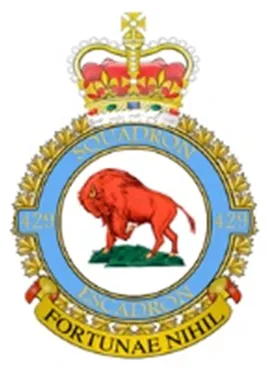
No 429 Squadron was the 10th bomber unit and 27th squadron formed by the RCAF overseas in WWII. It was formed in November 1942 at East Moor, Yorkshire, UK ![]() as part of No 4 Group of RAF Bomber Command. On April 1, 1943 it became part of No 6 (RCAF) Group at No 62 (RCAF) Base, still remaining at East Moor until August 1943, when it moved to Leeming, Yorkshire
as part of No 4 Group of RAF Bomber Command. On April 1, 1943 it became part of No 6 (RCAF) Group at No 62 (RCAF) Base, still remaining at East Moor until August 1943, when it moved to Leeming, Yorkshire ![]() as part of no 63 (RCAF) Base: it remained at Leeming until its disbandment in May 1946. It undertook strategic and tactical bombing operations. After the cessation of hostilities in Europe, it remained in England and transferred to No 1 Group, where it was engaged in transporting troops from Italy (Operation DODGE).
as part of no 63 (RCAF) Base: it remained at Leeming until its disbandment in May 1946. It undertook strategic and tactical bombing operations. After the cessation of hostilities in Europe, it remained in England and transferred to No 1 Group, where it was engaged in transporting troops from Italy (Operation DODGE).
The squadron, with squadron code AL, flew Vickers Wellington Mks III and X until August 1943, when it re-equipped with Handley-Page Halifax Mk II, which it flew between August 1943 and January 1944, and Mk V between November 1943 and March 1944. These were superseded by Halifax Mk III aircraft in March 1944. In March 1945, the squadron re-equipped with Lancaster Mk I and III. In summary of its activities, it flew 3221 sorties, including airlifting 1055 PoWs back to England, for the loss of 71 aircraft. 9356 tons of bombs were dropped. The squadron was awarded45 DFCs and 2 Bars to DFC, 1 AFC, 1 CGM and 7 DFMs. Battle Honours were: English Channel and North Sea 1943-45, Baltic 1943-45, Fortress Europe 1943-44, France and Germany 1944-45, Biscay Ports 1943-44, Ruhr 1943-45, Berlin 1943-44, German Ports 1943-45, Normandy 1944, Rhine, Biscay 1943-44. Wikipedia,Moyes, Kostenuk and Griffin
Squadron History (Bomber Command Museum PDF)
Maps for Movements of 429 Squadron 1942-46
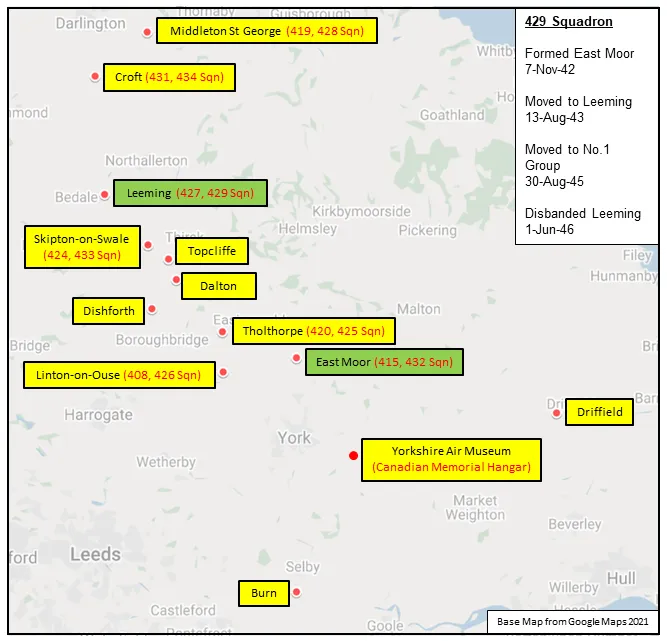
429 Squadron History Summary 1942-46
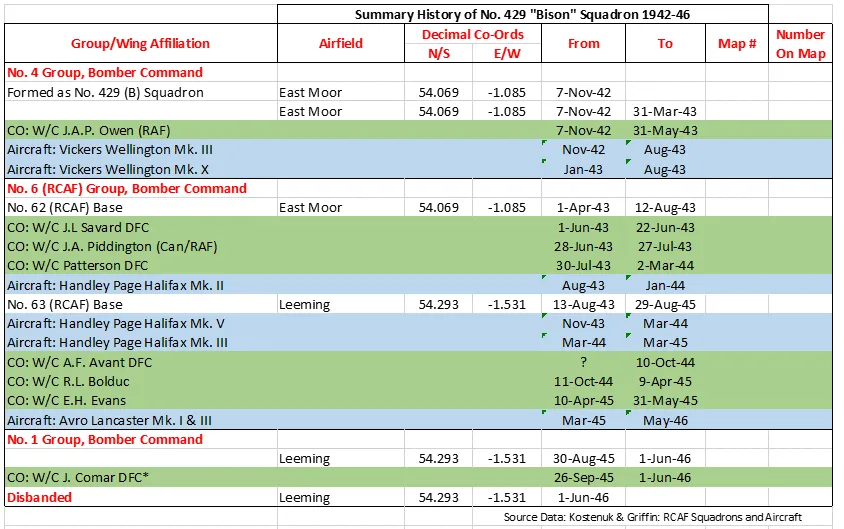
History of the Squadron Post-WWII (Aircraft: Buffalo, Hercules, Globemaster)
The squadron was reactivated at St. Hubert, Quebec ![]() on 21 August 1967 as a Tactical Transport Unit. It flew de Havilland CC-15 Buffalo aircraft for the Canadian Forces Mobile Command and was integrated into the Canadian Armed Forces on 1 February 1968. In August 1981 it was renamed 429 Transport Squadron and moved to CFB Winnipeg
on 21 August 1967 as a Tactical Transport Unit. It flew de Havilland CC-15 Buffalo aircraft for the Canadian Forces Mobile Command and was integrated into the Canadian Armed Forces on 1 February 1968. In August 1981 it was renamed 429 Transport Squadron and moved to CFB Winnipeg ![]() . The final move was in 1990 to 8 Wing in Trenton, Ontario
. The final move was in 1990 to 8 Wing in Trenton, Ontario ![]() . The squadron was disbanded in 2005.
. The squadron was disbanded in 2005.
Two years later in August 2007, 429 Squadron was again re-activated, this time operating the CC-177 Globemaster III strategic transport aircraft. It used these new aircraft in support of Canada's operations in Afghanistan.

